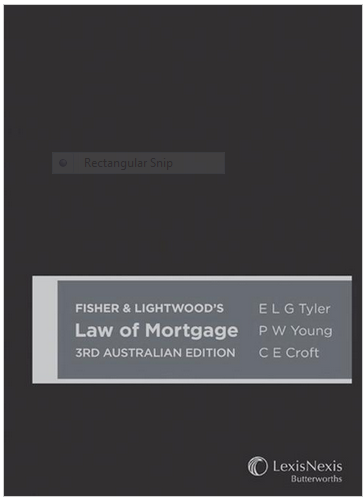Please note for members of the public or practitioners in
the legal profession where English is your second language a translation key in
all languages of the world is available on this blog to assist you. The plain
English blog without translation facilities is located at
http://roberthaypropertybarrister.wordpress.com
Recently I have attended a number of mediations at which tenants have invoked s.251 of the
Building Act 1993 as part of the bargaining process. Section 251 affords tenants a powerful weapon. Section 251 provides that:
(1) If the owner of a building or land is required under this Act or the
regulations to carry out any work or do any other thing and the owner does not carry out the work or do the thing, the occupier of that building or land or
any registered mortgagee of the land or the land on which the building is
situated, may carry out the work or do the thing.
(2) An occupier may-
(a) recover any expenses necessarily incurred under subsection (1) from
the owner as a debt due to the occupier; or
(b) deduct those expenses from or set them off against any rent due or to
become due to the owner.
.....
(6) This section applies despite any covenant or agreement to the contrary.
The effect of s.251 is that if the owner is required by the Act or by the
Building Regulations 2006 to keep premises in a specified state:
(i) the owner cannot contract out of those obligations by, for example, including provisions in a lease that make the tenant liable to repair the particular items (
Chen v Panmure Hotel Pty Ltd [2007] VCAT 2463);
(ii) a tenant can do the work that the landlord was obliged to do and recover the costs from the landlord owner; and
(iii) a tenant can set-off the costs of doing the work that the landlord owner was obliged to do against the rent.
The usual rent covenant that rent must be paid "without deduction" will not avail the landlord if it fails to comply with s.251 and the tenant does the work that the landlord was obliged to do.
Regulations 1212-1217 require the owner to maintain essential safety measures for a specified class of building built before 1 July 1994.
Regulations 1201-1211 require the owner to maintain essential safety measures for the same classes of buildings built after 1 July 1994.
Regulation 1217 requires the owner of a building to maintain essential safety measures in a state that enables them to fulfil their purpose.
Under regulation 1205 the owner of a building or place of public entertainment must comply with a maintenance determination regarding a building built after 1 July 1994.
Regulations 1202 and 1213 define essential safety measures. Regulations 1208 and 1214 requires an owner of a building to prepare an annual essential safety measure report.
Section 251 imposes more significant obligations on a landlord than those implied into leases by s.52 of the
Retail Leases Act 2003.
Before entering into a commercial lease both landlords and tenants should consider the effect of s.251 of the Act.
My clerk can be contacted via this link
http://www.greenslist.com.au/ if you wish to retain my services for any legal
matter which is within the gamut of my legal experience.
Author: Robert Hays Barrister subject to
copyright under DMCA.








